I was in a very nice restaurant the other evening, and I noticed something while pondering the electrical code that got me to thinking: Those are really cool “Christmas Lights” they have strung all around the restaurant. It made me think of the holiday season. The only problem was it was July!
Holiday lighting has existed for centuries. Early lighting consisted of bringing in an evergreen tree and adorning it with candles. It did not take long for an open flame and a drying out tree to produce unfavorable results.
With the development and use of electricity came the desire to make things safer. Out went the unsafe candles and in came the strands of holiday lighting. Early versions of holiday lighting were seen annually during the Christian celebrations of the birth of Jesus. Millions of homes were decorated with various forms of holiday lighting strands and ornaments. Children were mesmerized by the beautiful lights and with the hopes that Santa would be visiting soon.
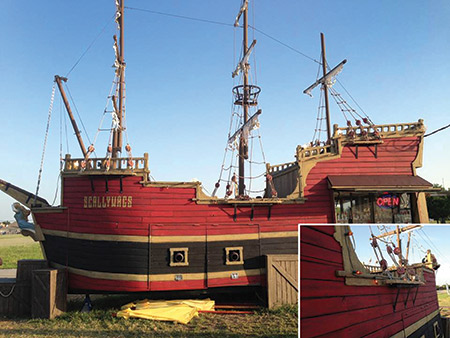
Photo 1. Cool icy treats available from this holiday lights ship. Photos by J. Wages, Jr.
Who can forget the movie Christmas Vacation and Clark Griswold’s obsession with having the brightest house on the block? Clark Griswold’s installation had electrical inspectors cringing all over the
world, but the local utility was happily benefiting from the use of more electricity.
Unfortunately, there are people that take things a little too far. The NEC addresses holiday lighting in Article 410 and Article 590 and limits the use of this product. We will also be referencing UL standards in this article.
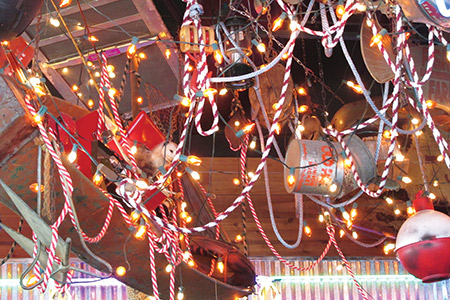
One of the requirements is that holiday lighting shall be listed. Another one limits the installation and use to 90 days as seen below for your review:
410.160 Listing of Decorative Lighting. Decorative lighting and similar accessories used for holiday lighting and similar purposes, in accordance with 590.3(B), shall be
listed. (2011 NEC)590.3 Time Constraints.
(B) 90 Days. Temporary electric power and lighting installations shall be permitted for a period not to exceed 90 days for holiday decorative lighting and similar purposes. (2011 NEC)
590.5 also contains lighting requirements for holiday lighting.
A Little History
A wise man asked me a series of questions concerning these installations. Since I did not know all the answers, I visited our library to find a few more answers.
From my research results, requirements for these installations first appeared in the 1971 NEC. At that time, these requirements were located in a new article, entitled “Temporary Wiring,” and were found in Chapter 3, Article 305. Code-Making Panel 6 made the proposal in hopes of generating enough comments to establish an adequate section for temporary wiring in the NEC. The panel vote was unanimous for this new article.
The language was similar to that now located in Article 590. The language in 305-1(b) stated that temporary electrical power and lighting installations may be used for a period not to exceed 90 days for Christmas decorative lighting, carnivals, and similar purposes, and for experimental and development work. It is interesting that the word “Christmas” was specifically mentioned at that time.
The 1999 NEC was the last edition to contain Article 305. For the 2002 NEC, Article 305 was deleted and Article 527 became the location for finding a new term holiday lighting; but this article was to be short-lived. In the 2005 NEC, Article 527 vanished, and Temporary Wiring Installations was moved to Article 590 where it remains today.
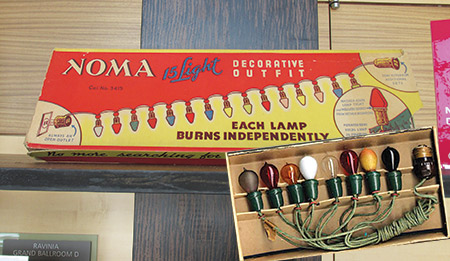
Photo 3. Old-fashioned Christmas lights. Courtesy of David Dini, Underwriters Laboratories
It is interesting to ponder another question. We often see trees within parks adorned with holiday lighting. Is this permitted by the NEC? Let’s visit 590.4 (J) in the 2011 NEC concerning support. The language here reads:
590.4 General
(J) Support. Cable assemblies and flexible cords and cables shall be supported in place at intervals that ensure that they will be protected from physical damage. Support shall be in the form of staples, cable ties, straps, or similar type fittings
installed so as not to cause damage.Vegetation shall not be used for support of overhead spans of branch circuits or feeders.
However, we find an exception to this main rule, which states:
590.4 General
(J) Support.
Exception. For holiday lighting in accordance with 590.3(B), where the conductors or cables are arranged with strain relief devices, tension take-up devices, or other approved means to avoid damage from the movement of the live vegetation, trees
shall be permitted to be used for support of overhead spans of branch-circuit conductors or cables.
Articles 225 and 230 still prohibit feeders and services from being supported by vegetation. By exception in Article 590, branch-circuit conductors and cables are allowed to be supported by vegetation and trees if appropriate strain relief devices and/or take-up devices are used.
Unintended Consequences
Unfortunately, needless loss of life and property result from the use of these products. Every year there are news reports of families losing their homes or loved ones due to careless use of holiday lighting. Placement of these products on once live trees that have a tendency to dry out has resulted in many fires. Improper use of extension cords is another contributing factor. Again, revisiting the movie Christmas Vacation helps drive home this point. In this scene, a family member who is a careless smoker ignites the tree at their Christmas celebration.
Interestingly, nationally recognized testing laboratories such as Underwriters Laboratories conduct investigations on the flammability of some of these products. This author was fortunate enough to be able to witness one of these tests. The tests were conducted with two Christmas trees. One had a fire rating and the other did not. It does not take long for a once beautifully adorned tree to become a raging tower of inferno. Viewing this testing procedure drove home for me the simple point that things like this could become truly dangerous if not treated properly.
UL Standard 588
UL 588 addresses the use of Seasonal and Holiday Decorative Products. This standard was developed due to testing of these various seasonal and holiday products. The UL 588 document is included for your review:
Seasonal and Holiday Decorative Products
UL 588
1 Scope
1.1 These requirements cover temporary-use, seasonal
decorative-lighting products and accessories with a maximum input voltage rating of 120 V to be used in accordance with the National Electrical Code, ANSI/NFPA 70. Temporary-use is considered to be a period of installation and use not exceeding 90 days.1.2 These requirements cover factory-assembled seasonal lighting strings with push-in, midget-screw, or miniature-screw lampholders connected in series for across-the-line use or with candelabra- or intermediate-screw lampholders connected in parallel for direct-connection use. These requirements also cover factory-assembled seasonal decorative outfits such as wreaths, stars, light sculptures, crosses, candles or candle sets without lamp shades, products in the shape of, or in resemblance to, a Christmas tree not exceeding 30 inches (762 mm) in height as measured from the top of the tree to the bottom of the base of the tree and provided with simulated branches and needles, products in the shape of, or in resemblance to, a wreath not exceeding 48 inches (1219 mm) in outer diameter and provided with simulated branches and needles, blow-molded figures or objects, animated figures, tree tops, controllers, tree stands, and motorized decorative displays. These requirements cover products which are portable and not permanently connected to a power source.
1.3 These requirements additionally cover ornaments which are provided with an adapter for connection to a push-in lampholder and are intended to replace a push-in lamp in a series-connected decorative-lighting string or decorative outfit.
1.4 These requirements do not cover strings employing lampholders larger than intermediate-screw, non-seasonal lighting, non-seasonal products, permanently connected products, non-decorative lighting intended for illumination only, cord sets, or temporary power taps. These requirements also do not cover nightlights which are covered under the Standard for Direct Plug-In Nightlights, UL 1786, or flexible lighting products that are not part of a decorative outfit which are covered under the Standard for Flexible Lighting Products, UL 2388.
1.6 These requirements do not cover portable electric lamps intended for general illumination with a seasonal decoration and a typical lamp shade construction open at the top and bottom, which are covered under the Standard for Portable Electric Luminaires, UL 153.
One can also find useful information within the 2013 UL White book. See Categories DGVT, DGWU, DGXU, DGXO, DGXW and DGZZ. Category DGVT does not cover nonseasonal lighting, nonseasonal products, permanently connected products, nondecorative lighting intended for general illumination only, cord sets (extension cords) or relocatable power taps.
UL 588 has language at 1.6 to clarify that a Portable Lamp (intended for general illumination) is not covered under UL 588, even if it has a seasonal theme. An example would be a portable lamp with a lampshade and a Santa Claus on its stand. This would still be covered under UL 153, the Standard for Portable Lamps.
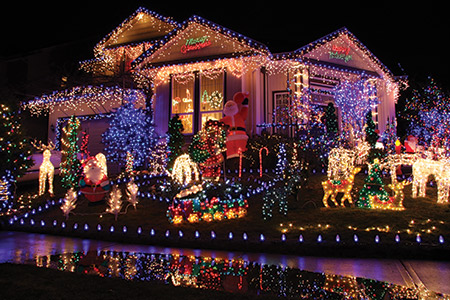
Photo 4. Christmas lighting to the extreme.
UL 153, states at 1.4 that these requirements do not cover Christmas trees and decorative lighting outfits, electric candles and candelabras without lampshades, or portable luminaires with a seasonal decoration and a lampshade of other than the open top and bottom construction. It directs us to the Standard for Seasonal and Holiday Decorative Products, UL 588.
In Conclusion
The holidays are a time for celebration with family and loved ones. The anticipation of Santa and his reindeer is broadcast annually by many weather stations throughout the country. Technological advances have allowed us to track Santa with great detail and success, but holiday lighting has a purpose and a time frame for use. It is fun and enjoyable, but all good things must come to an end. For the safety of the user, this lighting has been deemed as temporary and has a 90-day limit of use.
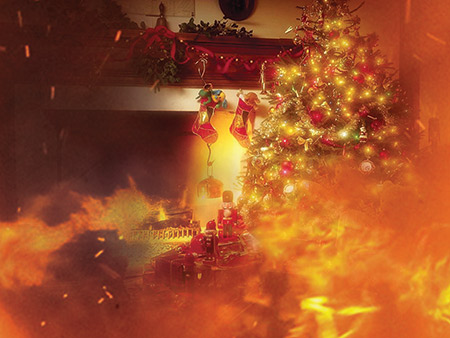
Photo 5. UL testing procedures help assure safety with these products.
Take a look around and see how much of this lighting is being used on a non-temporary basis. There may be a need for manufacturers to produce a similar item that can be tested and listed for year-round use. A review of fire statistics might suggest that this product could be safely used more than the Code currently allows. It is evident that demand exists for such items. The Code may need to look further at these installations and offer additional guidance.
Some homes and businesses elect to leave these lights installed yearly so as not to have to put them up and take them back down. Even though these items are not energized for a vast amount of the year, is this acceptable and in line with the intended use of this product? Let’s take a few moments to think about the consequences of this situation. It is never our intent for someone to get hurt. This is not the season for something that is unavoidable to take place. Happy Holidays to all and please celebrate safely!
References
National Electrical Code, 1999, 2002, 2005, 2011
Copyright © Underwriters Laboratories Inc. Standard for Seasonal
and Holiday Decorative Products, UL 588, 18th edition, 2000
Copyright © Underwriters Laboratories Inc. Standard for Portable
Electrical Luminaires, UL153, 12th edition, 2002
Copyright © Underwriters Laboratories Inc. Guide Information for Electrical Equipment , White Book, 2013. Categories DGVT, DGWU,
DGXU, DGXO, DGXW and DGZZ.













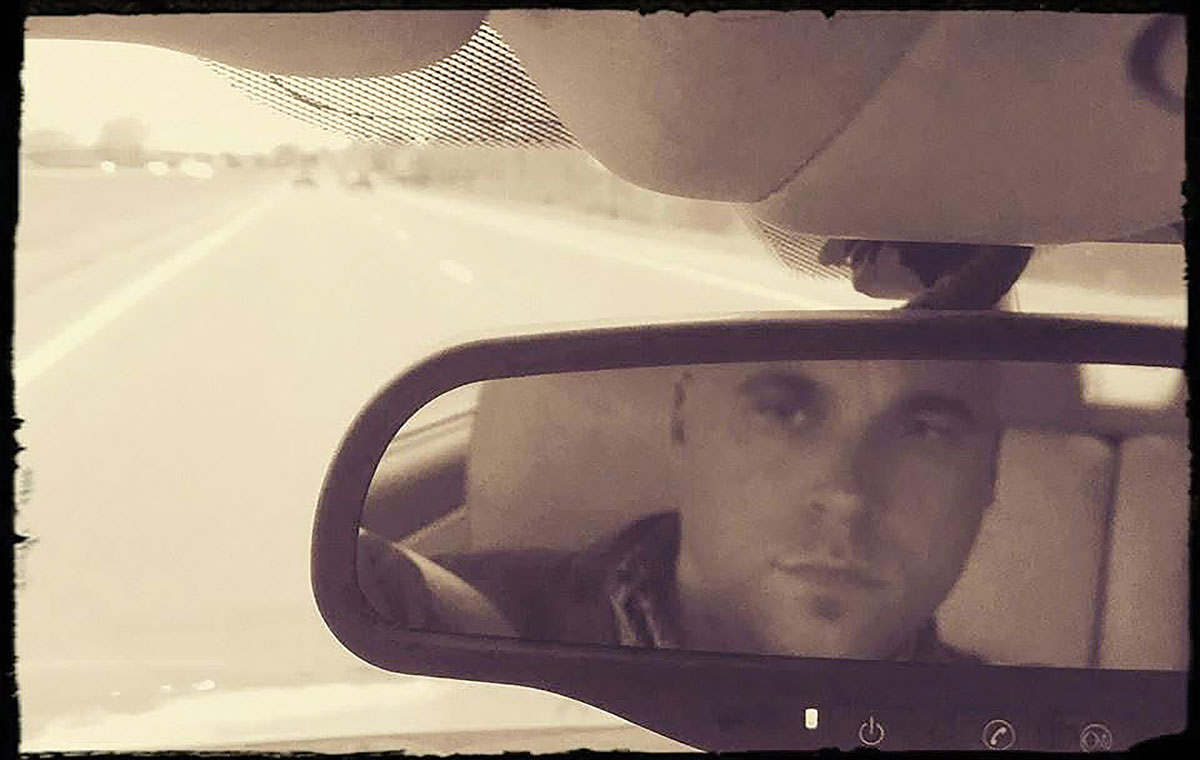
Find Us on Socials